Transformation into a Cyclist – How Does Riding Change Your Body?
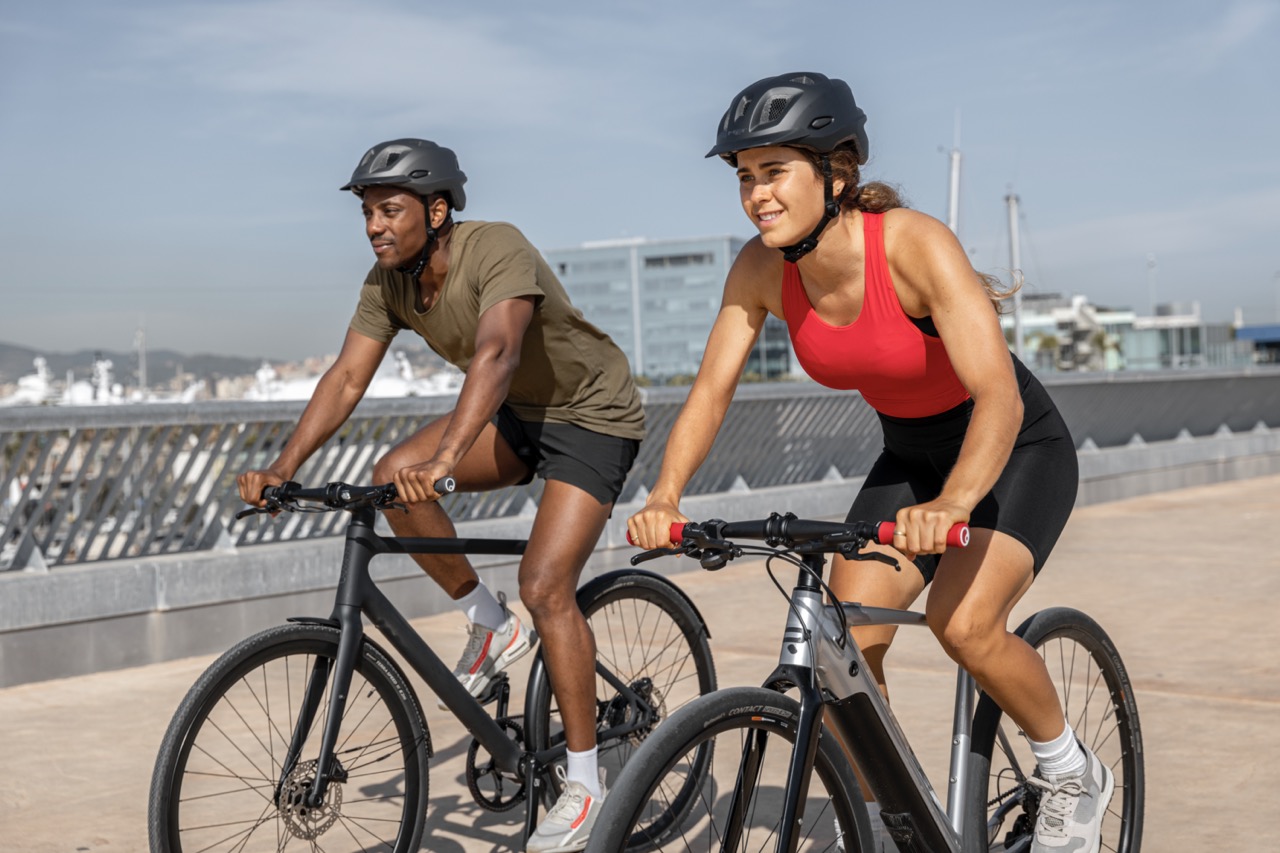
How does cycling change your body – What happens to your body through regular cycling, we show you here!
How Does Cycling Change Your Body?
Albert Einstein once wrote: "Life is like riding a bicycle. To keep your balance, you must keep moving." Numerous studies on the physical and mental effects of regular cycling show that Albert was not only philosophically but also medically correct. Essentially, any form of movement has a positive impact on a person's well-being. Endurance sports have a measurable positive effect on performance, including in everyday life. Using a bicycle not just as a means of transportation but as an endurance sport is excellent for training the heart and circulatory system, burning calories, and improving oxygen intake and blood circulation. Additionally, cycling promotes muscle building without negative effects on the joints and increases energy supply for the body, muscles, and brain. Ultimately, it helps us compensate for the lack of movement in our modern lives.
Cycling Compared to Other Sports
The advantages mentioned above are not exclusive to cycling. In cross-country skiing, you train more muscle groups than on a bike, the calorie consumption per hour is higher, and you protect your spine, hips, and knees compared to jogging, for example. But who has usable trails right outside their door and how often in the year? Swimming is also a gentle way to train the upper body and legs without the burden of body weight. By lying horizontally in the water, you relieve the heart and utilize the training effects in the lower pulse range, but several hours spent in the water are unrealistic. There are certainly many sports that have stronger effects on the mind and body in specific ways, but cycling combines all these benefits like no other, is extremely gentle on the musculoskeletal system, and with gears and motors, you can precisely control the intensity. As long as the bike, seating position, saddle, handlebars and grips fit, you can cycle for a very long time, making it the number one endurance sport. There are helpful videos below on the topics of bike fitting and sitting and support issues while riding.

High Calorie Balance:
Cycling in the relaxed endurance range requires fewer calories than other full-body sports use for the same duration. Because your body weight is supported on the saddle and grips, you can better control the intensity, with significantly longer sessions than most other sports. In the end, you can ride longer and use more energy on the bike. That's why cycling is ideal for losing weight, especially when starting at a heavier body weight.
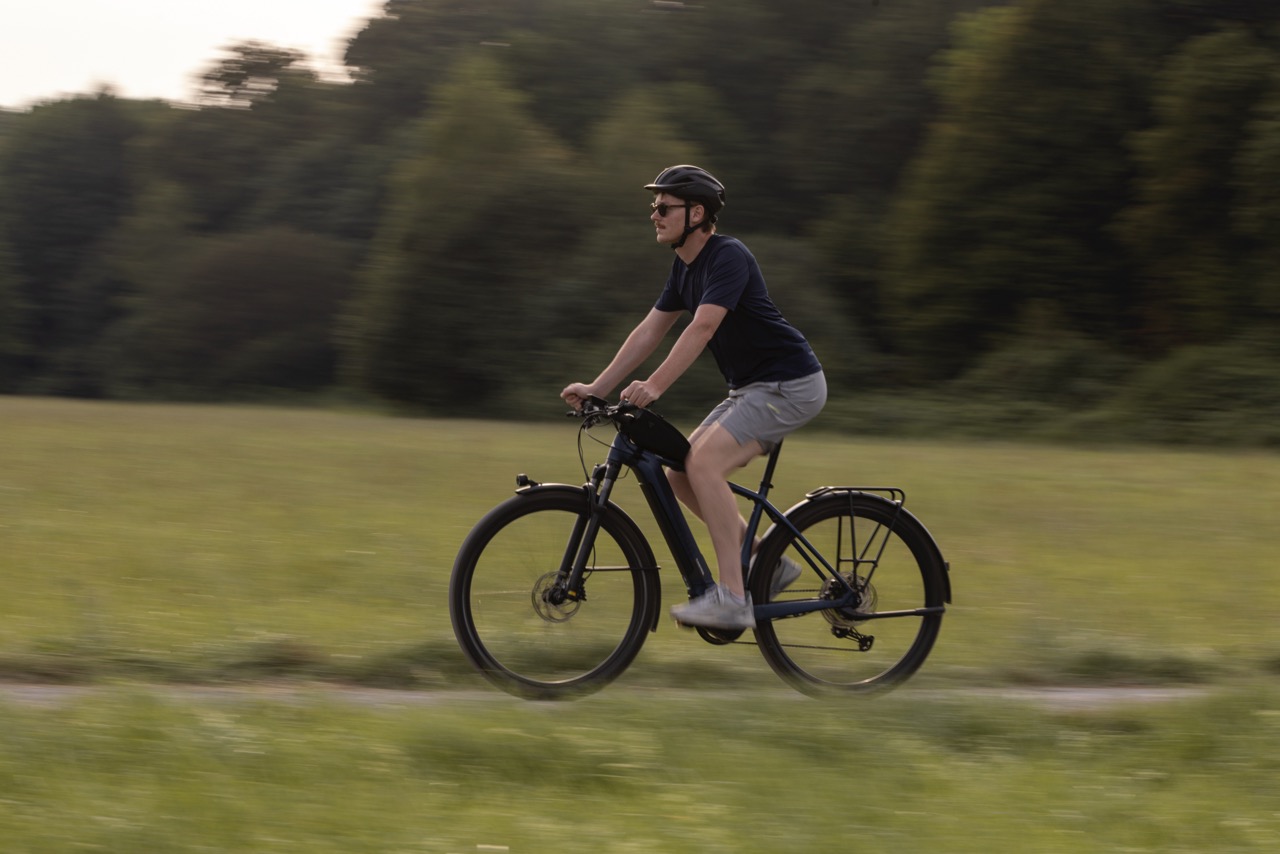
Improvement of Heart Performance:
Regular cycling makes the heart muscle grow and form new or larger blood vessels. With each beat, the heart pumps more blood through the body, not only supplying it with more oxygen and nutrients, but a stronger heart reduces the overall workload of the heart. Better blood circulation in the heart muscle is an effective protection against heart attacks.
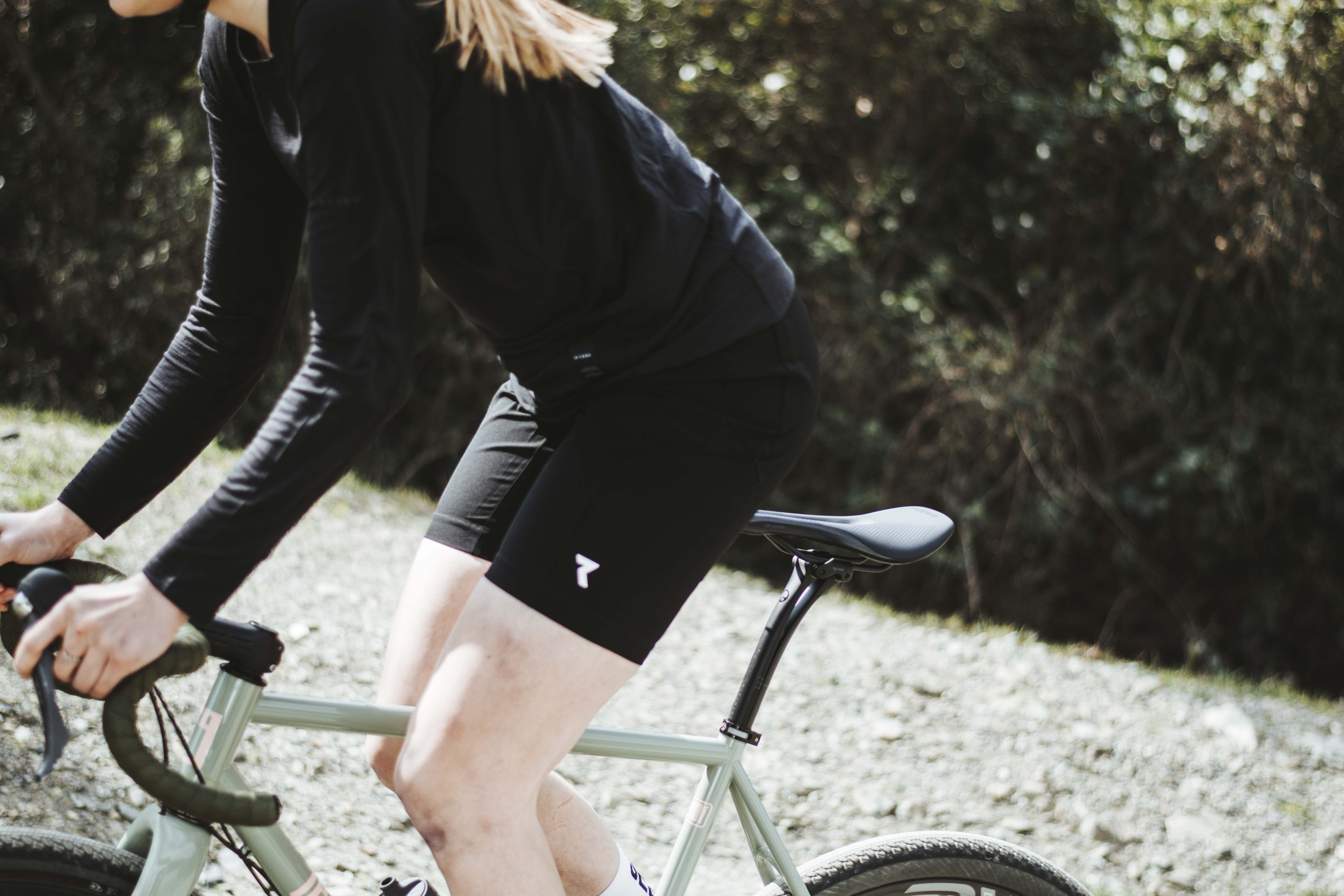
Higher Vitamin D Levels:
A pleasant side effect of an hour of cycling is the formation of vitamin D, for which sunlight, specifically the UV-B component, is a crucial factor. Depending on the season and location on the globe, half to an hour in the fresh air is enough to prevent problems in internal organs, bones, or the immune system caused by vitamin D deficiency. However, you must also offer some skin to the sun – 15 to 20 percent should be exposed. Light exercise like cycling simultaneously boosts the metabolic rate and effect.
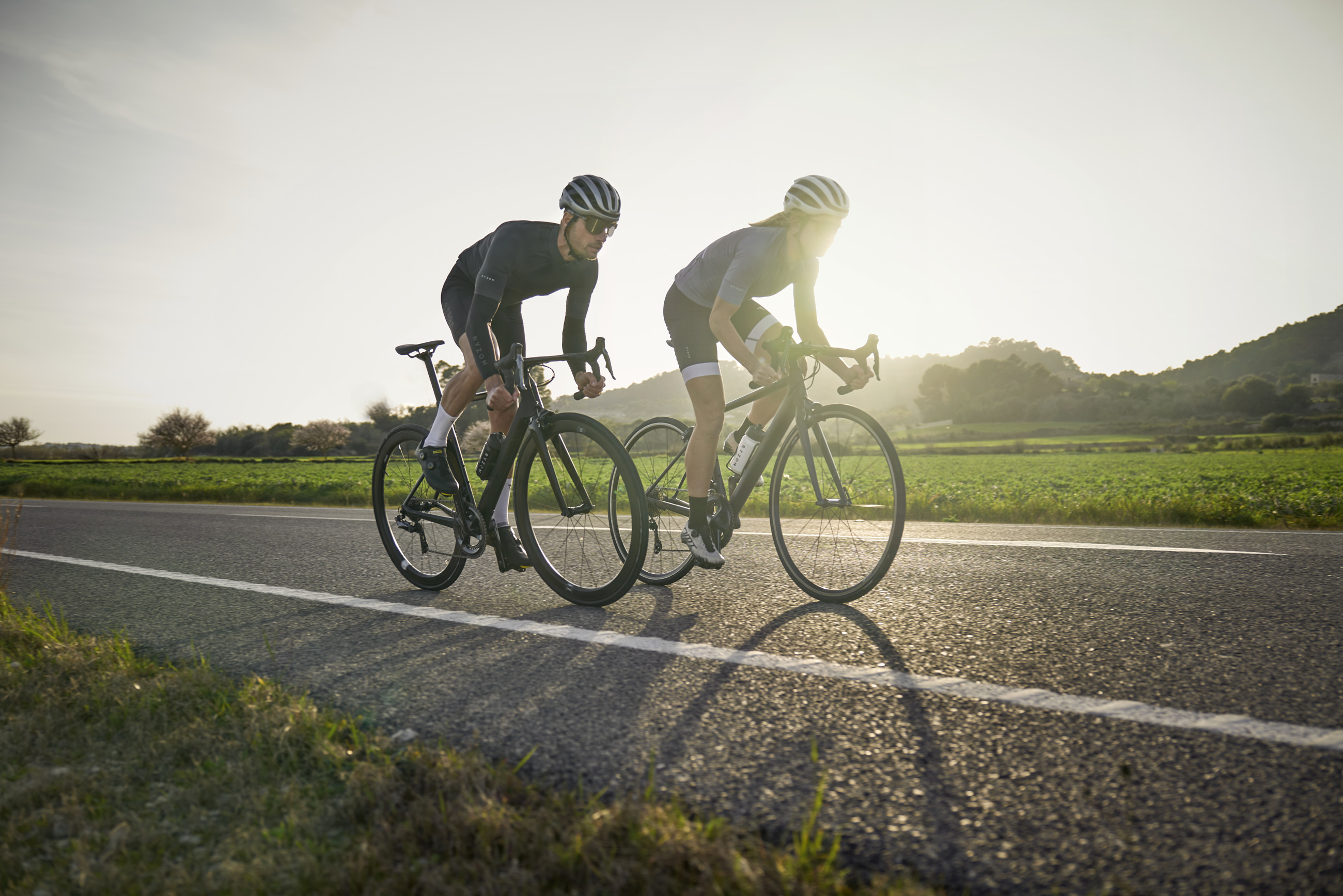
„Being physically active is a real booster for brain performance into old age and can even help maintain brain functions longer with degenerative diseases like Alzheimer's.“
Improved Oxygen Intake:
In addition to the higher heart performance, there are other factors that favor the intake of oxygen, including its transport to the cells, through regular cycling. Lung volume and the surface of the alveoli can increase, allowing more oxygen to diffuse from the air into the blood more quickly. The amount of blood is increased, and thus the number of erythrocytes – blood components that bind oxygen during transport. Better blood circulation (see below) as well as more and more efficiently working mitochondria, which convert oxygen with food into energy, are also part of the improvement of this energy production chain. Better oxygen intake not only increases athletic performance but also allows you to better cope with everyday stresses, as the continuous energy supply already occurs at a lower pulse rate. Life becomes easier.

Improved Sleep:
Endurance exertion by nature ensures better sleep in four ways. Through moderate intensity, stress hormones – especially cortisol – are broken down or "balanced" during the ride, as Dr. Ingo Froböse from the Sports University Cologne told the Frankfurter Rundschau. Physical exertion is followed by relaxation, which simultaneously works against stress and anxiety. In addition, the proven relaxing effect of nature on the central nervous system, and what brings you better into nature than a bike? As a third factor, the happiness hormones released through sports (see below) and fourthly, the physical fatigue itself let us sleep faster and deeper.

Strengthening the Lower Extremities:
Especially those who are not very active will quickly notice a change in their leg muscles through regular pedaling. Each individual pedal stroke is not so strenuous that muscle building occurs as in intensive strength training, but endurance exertion through many thousands of contractions impacts all muscle fibers multiple times. The muscle groups that attach to the hip, knee, and ankle show a significantly higher muscle tone as a training effect, a higher basic tension that improves overall posture and protects the respective joints from injuries. Beginners also experience muscle cell growth after a few weeks, while athletes need a training program with special strength stimuli through especially large, i.e., heavy gears. Cycling mainly strengthens the gluteal muscles, the front thigh called the quadriceps, and the calves.

„You don't stop pedaling when you get old. You get old when you stop pedaling.“
Insulin Balance / Diabetes Protection:
The high energy consumption while cycling has the positive effect of significantly lowering blood sugar levels. This is not inherently positive. The regulatory process of blood sugar levels and insulin – the hormone that transports available sugar molecules in the blood into the cells for burning – must also be trained like a muscle. Due to an excess of carbohydrates in the diet and too little movement, i.e., consumption, both values are continuously high in many people. This not only favors type 2 diabetes but also obesity. By cycling for longer periods, you keep the regulatory mechanism tuned and avoid metabolic diseases.

Fewer Varicose Veins and Thromboses:
Each pedal stroke while cycling runs through the foot into the pedal, requiring the calf muscles to remain active to prevent the tip of the foot from constantly bending upwards. This continuous effort strengthens the calf muscles, which in turn make a significant contribution to blood circulation in everyday life. The contraction exerts pressure on the blood vessels running through them, in which valves called venous valves prevent the backflow of blood. The calf muscles pump blood towards the heart with each contraction. Calf muscles strengthened while cycling help the heart in its work, and this muscle pump prevents the venous valves from failing over time due to blood congestion – forming varicose veins.
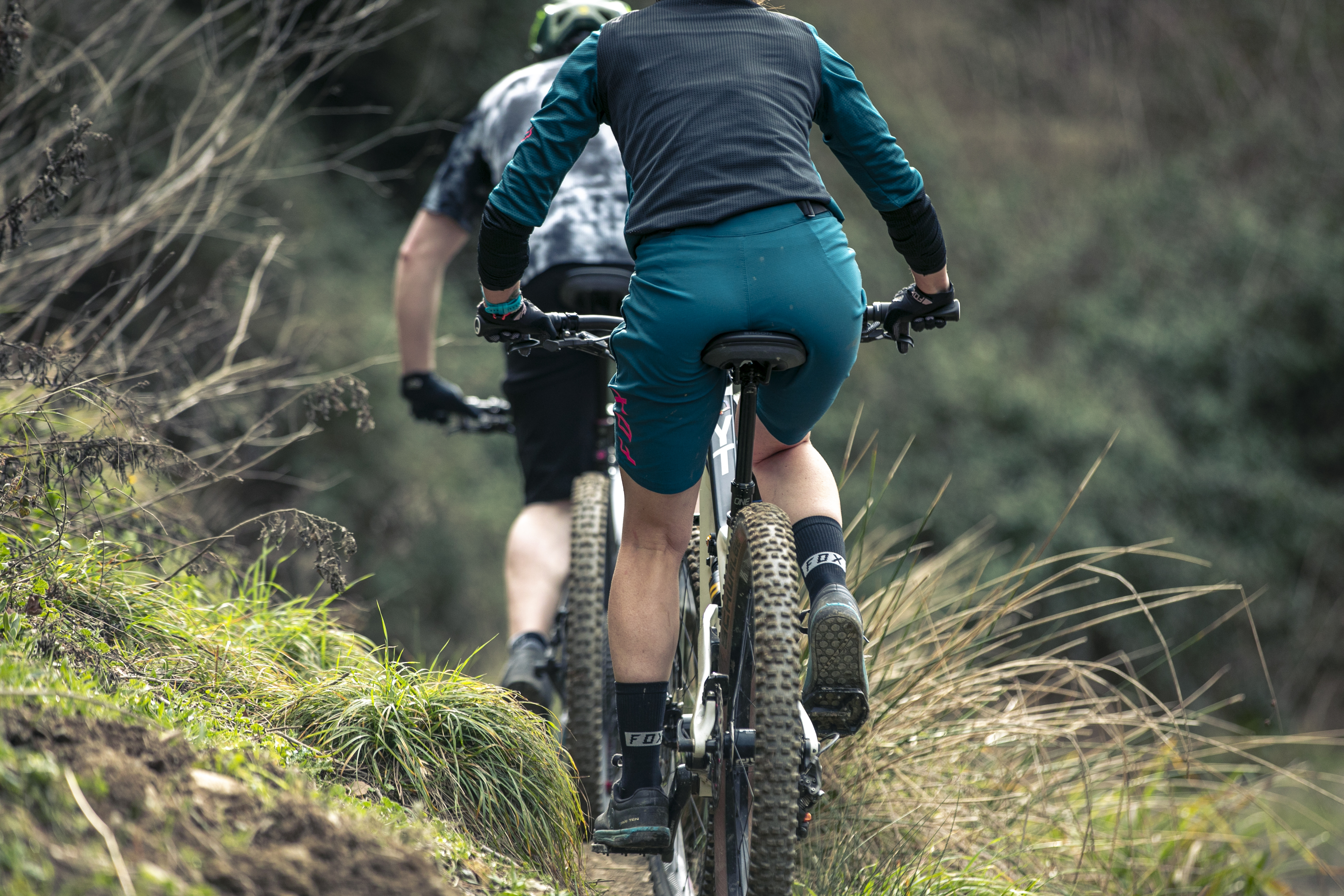
Full Energy Stores All Day:
What works in competition also has a good influence on everyday life. Regular cycling for more than an hour – also with an e-bike – causes the body to respond to empty energy reserves by enlarging their capacities. This mainly affects the reserves for all forms of sugars, for example in the muscles or liver. These significantly larger reserves help you to think and work physically even after hours without food. The glycogen reserves buffer phases without food intake. This is especially important for the brain, as it metabolizes fat – unlike muscles – only in the case of significant glucose deficiency. That's why sweets are often referred to as nerve food, as neuronal activity primarily relies on sugar. This training effect occurs quite quickly with frequent repetition.

Prevention of Dementia Diseases:
In the "DenkSport" study by the Sports University Cologne, clear improvements in the cognitive performance of seniors who engaged in endurance sports for at least 30 minutes or more twice a week were measured. Studies from Denmark even showed slight declines in dementia through exercise. It probably stimulates hormone release, which is responsible for the formation of new synapses and nerve connections. How noticeable the effect is directly depends on the length and frequency of movement, not the intensity. Stationary cycling for longer durations is harmless for muscles, bones, and joints, and the effort can be kept at a low level. Therefore, stationary cycling is suitable as a rehabilitation and prevention method for the brain.

„Those who believe they have no time for physical fitness will sooner or later have to find time for illness.“
Cycling Makes You Happy:
Not only does the body change through cycling, but the mood also improves. After each ride, happiness hormones are released, partly due to the sense of achievement of having completed the ride, but also due to the movement itself. According to ADFC, the repetitive, cyclical pedaling while cycling has a de-stressing effect. After thirty minutes, the release of endorphins and adrenaline begins, hormones responsible for good and happy moods. Their release is further increased when you set achievable goals and tasks, such as crossing a mountain or reaching a mileage goal. This goes so far that cycling is a favored endurance sport for those with depression.

„Experts attribute a high relaxing effect to cycling due to its even, cyclical movement form: so-called stressors are reduced – emotional harmony and a positive body feeling spread – sometimes even after a short ride.“
The Endurance Sport for Everyone
Claiming that cycling is the best among endurance sports is unfair. But it is the discipline with the greatest potential for everyone. If the equipment and route fit, almost anyone can have fun on the bike for many hours a week. For most good effects, it doesn't matter whether you use a classic bicycle or an e-bike. Dr. Ingo Froböse from the DSHS Cologne generally recommends low loads, especially for beginners. According to the expert, you should feel under-challenged. Another advantage of cycling: Due to sitting in the saddle and the moderate, continuous pedaling, such subtle training stimuli can be realized much longer than when jogging. On a well-adjusted bike with ergonomically fitting contact points like saddle and grips, every healthy person should be able to ride easily for one and a half to three hours. And if you believe the quotes and experts above, that's very well-invested time.